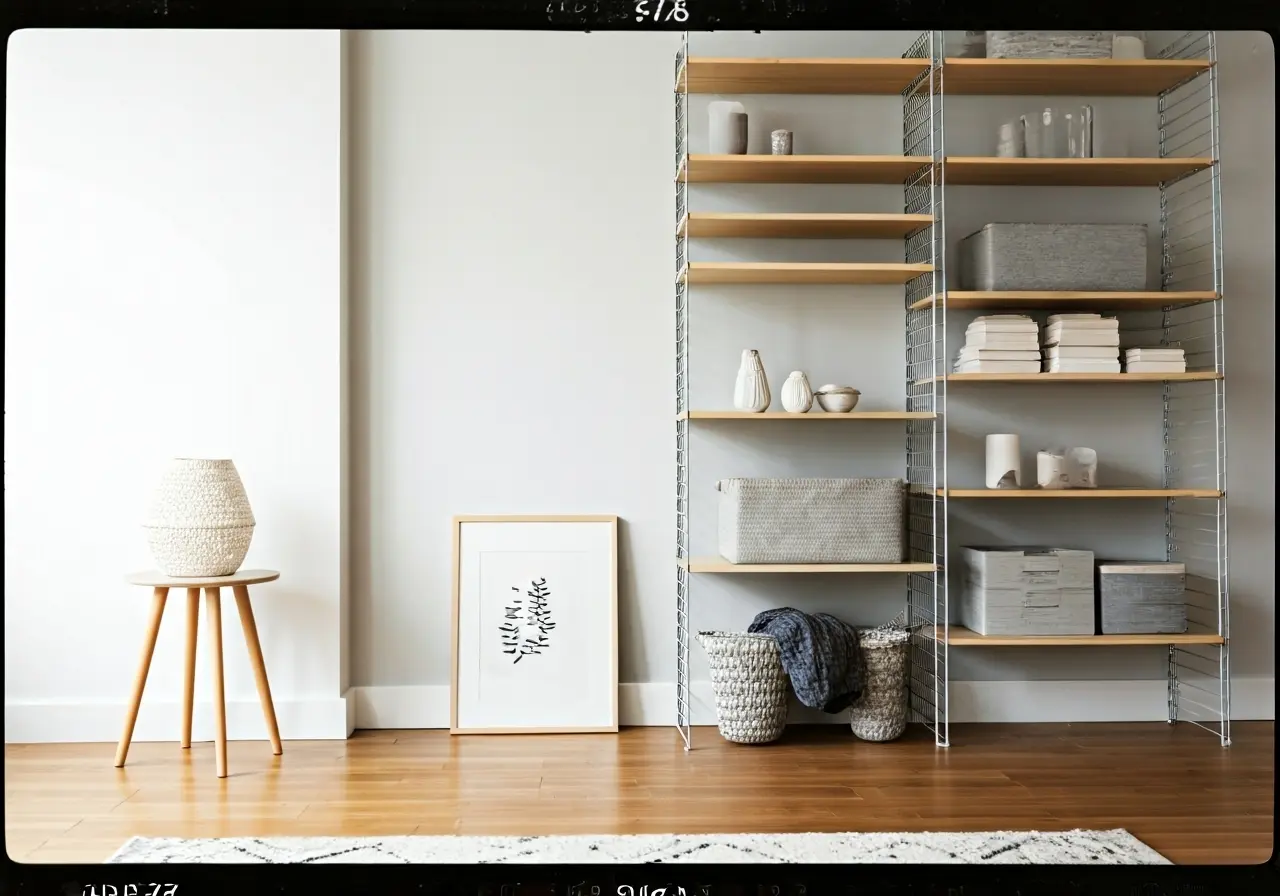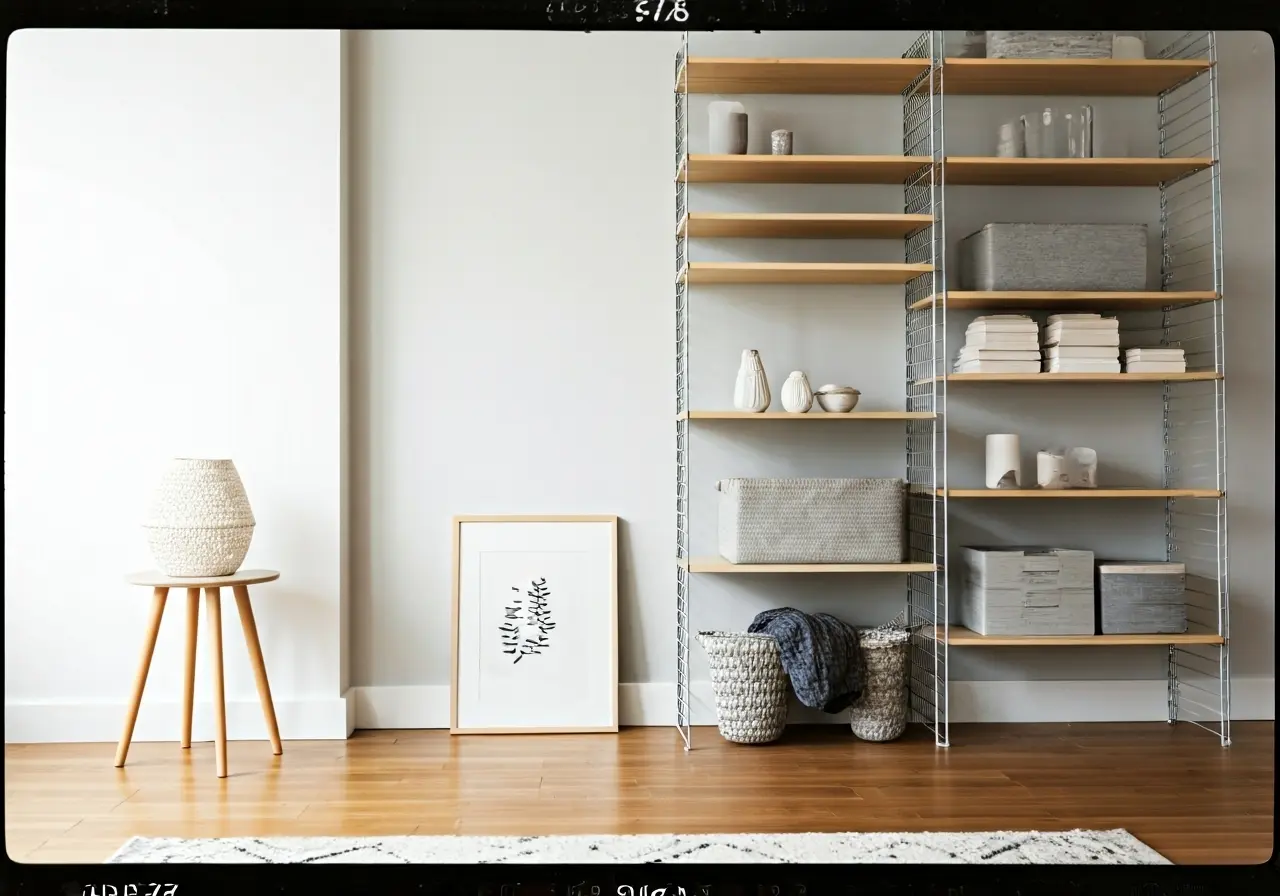Moving or downsizing can be stressful, but with the right approach to home cleanouts, these transitions can become smooth and effortless. Whether you’re decluttering for a more minimalist living space or preparing for a new chapter, having a strategy is key. Let’s break down how to make your next home cleanout a breeze.
Understanding the Importance of Organized Home Cleanouts
Organized cleanouts can save time and reduce stress during life transitions, helping you focus on what truly matters. They also lay the groundwork for a clutter-free and peaceful living environment.
Embarking on a home cleanout isn’t just about creating a more peaceful environment; it’s about setting the stage for a new chapter in life. Whether you’re moving to a new city or simply adjusting to a smaller space, cleanouts offer an opportunity to reassess your belongings and make conscious decisions about what truly matters. In today’s fast-paced world, reducing clutter can also alleviate stress and enhance mental well-being, creating a serene living space that promotes relaxation and creativity. Furthermore, letting go of unnecessary items can instill a sense of freedom and control, empowering you to live intentionally with only what you need.
Planning Your Cleanout: Tips for Success
Start with a clear plan. Decide which areas to tackle first, set realistic timelines, and gather the necessary supplies. Having a plan ensures that you won’t be overwhelmed by the sheer amount of work cleanouts often involve.
Creating an actionable plan is essential to a successful cleanout. Begin by assessing the entire space and prioritizing which areas need the most attention. Consider creating a timeline that breaks down tasks into manageable steps. This not only keeps you organized but also provides a sense of accomplishment as you check off completed tasks. Gathering appropriate supplies such as boxes, garbage bags, and labeling materials beforehand can streamline the process, ensuring you’re prepared for each phase. It’s also helpful to have a checklist that includes potential challenges and strategies to overcome them, allowing for flexibility when unexpected obstacles arise.
Sorting and Categorizing: Where to Begin
Divide everything into categories: keep, donate, sell, or discard. This step is crucial in determining what truly needs to stay and what can be let go, simplifying the process of decluttering.
Sorting and categorizing can initially feel overwhelming, but breaking it down into manageable parts makes it more approachable. Start with a single room or a specific type of item to maintain focus. Use criteria that resonate with personal values, such as utility, sentimental value, or aesthetic appeal, as these guidelines will help in making tough decisions easier. Involving family members or household occupants in this process not only lightens the workload but can also provide valuable input on shared items.
Handling Sentimental Items
Deciding what to do with sentimental items can be the toughest part of a cleanout. Set limits on what to keep by considering their emotional value and the space available in your new home.
Sentimental items often carry significant memories, making it challenging to part with them. However, storing everything can quickly lead to clutter. One approach is to set aside a specific space—such as a box or a single drawer—for items of utmost importance. For other mementos, consider creating digital memories through photographs or recordings. This way, you maintain the emotional connection without the physical demands on storage. Additionally, reflecting on why an item is cherished can help in deciding its future. Is it the item itself or the memory it evokes that holds value? Such evaluations can guide decisions and ease the emotional burden of letting go.
Enlisting Help and Making It Collaborative
Sometimes, a cleanout can be too much to handle alone. Consider hiring professional help or involving family or friends. A fresh perspective can make decisions easier and the process more enjoyable.
Making a cleanout a group effort not only eases the physical burden but also introduces a social element to the task. Inviting friends or family to help can transform the cleanout into a time of bonding, allowing for shared stories and laughter amidst the hard work. Professional organizers are also a valuable resource, offering expertise in optimizing space and organization. They bring an objective viewpoint, helping to make difficult decisions about what to keep and what to discard. Remember, seeking assistance is not an admission of defeat but rather a step towards a more efficient and enjoyable process. Together, these efforts can turn a potentially isolating task into a collaborative and productive venture.
Leveraging Technology for Efficient Cleanouts
Use apps and online resources for selling items, finding donation centers, and scheduling pickups. Technology can significantly simplify and expedite your cleanout process.
In today’s digital age, technology offers a myriad of tools to expedite home cleanouts. Applications and websites dedicated to selling second-hand items can widen your audience and provide a platform to easily offload possessions. Additionally, online platforms can guide you to the nearest donation centers, streamlining the decluttering process. Meanwhile, scheduling services for pickups through specialized apps ensures that unwanted items are disposed of responsibly, aligning with both convenience and sustainability. By embracing technology, you not only enhance the efficiency of the cleanout but also extend the life of usable items, contributing positively to both your space and the community.
Staying Motivated Throughout the Process
Keep motivation high by setting small goals and rewards for when milestones are achieved. Remember, the end goal is a seamless transition to a cleaner, more organized living space.
Maintaining motivation during a cleanout can be tough, especially as the initial excitement wanes. Setting achievable milestones provides a sense of progress and keeps energy levels high. Whether it’s completing a room or sorting a category of items, acknowledging these smaller victories can propel the process forward. Combine efforts with a buddy system or involve the family to stay accountable and enjoy collective success. Additionally, envisioning the outcome—a decluttered, orderly home—can inspire perseverance, especially when paired with small rewards, such as a favorite meal or a relaxing treat reserved for the end of a productive day.
Breaking down large tasks into smaller, more manageable ones can also sustain momentum. Create a visual board or checklist to track progress, offering a tangible representation of how far you’ve come. Not only does this provide motivation, but it can also become a source of pride and accomplishment. With a clear goal in mind and a plan in hand, even the largest of cleanouts can be approached with confidence and creativity. By embracing these strategies, you’ll find that the entire process becomes more intuitive, rewarding, and, ultimately, liberating.
Embrace Seamless Transitions
By planning ahead, enlisting help when needed, and staying organized, you can turn the potentially daunting task of home cleanouts into a streamlined, manageable process. Approach your next transition with confidence and ease, ready to embrace the new opportunities that await you in your clutter-free space.






